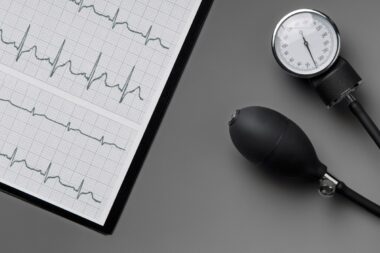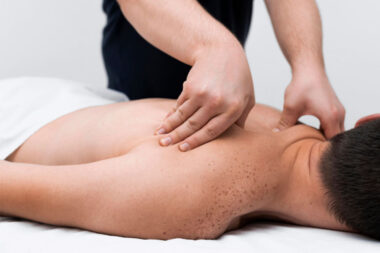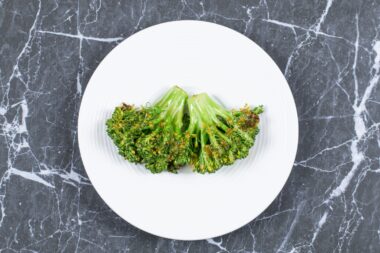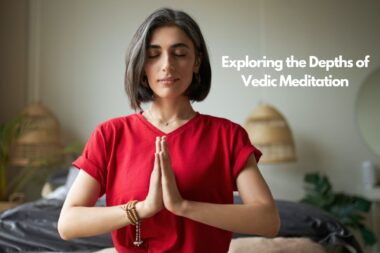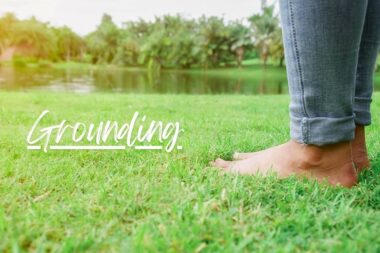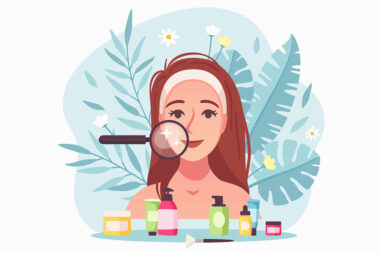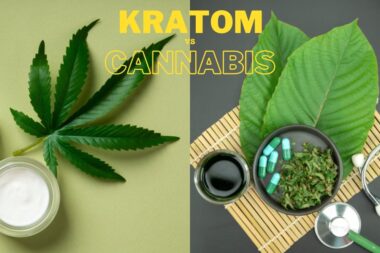The World Health Organization says aromatherapy is a treatment that’s commonly used to relieve aches, improve mood, enhance relaxation, and reduce anxiety symptoms. Several oils are effective for your anxiety disorder. Learn which essential oils you can use to ease your anxiety symptoms.
Aromatherapy is the use of aromatic plant extracts and essential oils in massage or baths. Essential oils are natural oil obtained by distillation. Some of the ways that essential oils are produced include:
- Hydrodistillation: Plant material is soaked in water and heated. The evaporation is condensed and separated.
- Hydrodiffusion: Plant material is steamed.
- Enfleurage: Plant material is soaked in vegetable oil which absorbs the fragrance.
- Cold pressing: Compresses the plant material using a modern steel press without using heat to keep the aroma.
- Steam distillation: Steam goes through the plant material and the essential oil is released from the plant’s sacs. The vapor cools and forms a layer of oil and water. The essential oil rises and is collected.
- Solvent extraction: The plant material dissolves by being soaked in water with solvents. The liquid is filtered and distilled.
- Microwave-assisted process: The plant material is poured into a flask, added to distilled water, and placed in a microwave oven with a condenser on top of it to collect the essential oil.
- Carbon dioxide extraction: The carbon dioxide extraction is heated and pressurized. It becomes a solvent that’s added to the plant material and removes the essential oil.
Plant materials also produce a liquid (along with oil). Hydrosols are another type of aromatic extract used in aromatherapy. The hydrosols are the liquid that the plant material produces during steam distillation.
You can usually find hydrosols in topical creams, skincare, and aromatherapy products. They’re anti-inflammatory and soothe your skin.
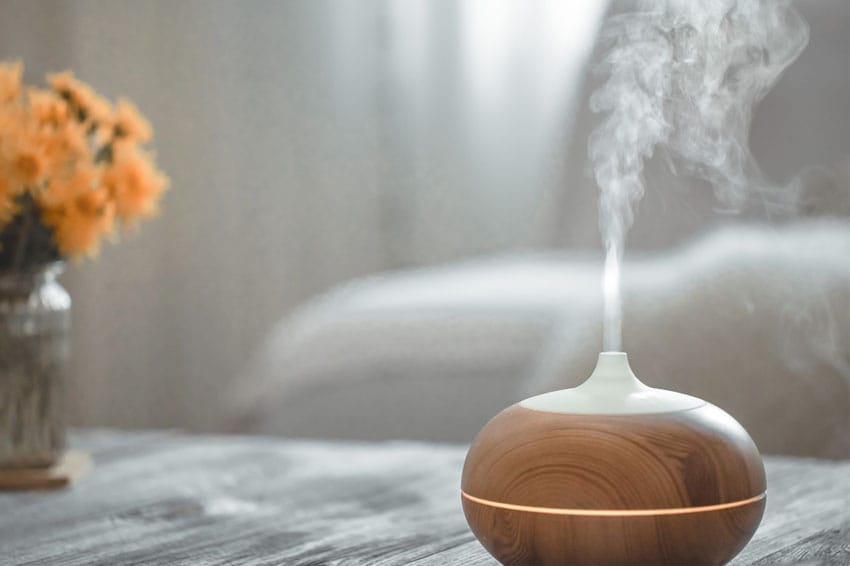
The essential oils used in aromatherapy are a holistic natural remedy that helps improve your wellness. Essential oils reduce anxiety, agitation, stress, depression, fatigue, aches, nausea, circulatory problems, etc. They’re also antimicrobial and reduce the growth of bacteria, viruses, and fungi.
Types of Anxieties That Essential Oils Ease
Essential oils ease all types of anxieties. The results that you get from using essential oils depend on the severity of your anxiety symptoms. A study in postpartum women with anxiety demonstrated reduced anxiety levels using a rose and lavender blend for fifteen minutes twice weekly in four weeks.
The most common anxieties that essential oils ease include:
- Generalized anxiety disorder: worry that’s challenging to cope with
- Obsessive-compulsive disorder: obsessions or compulsions that cause distress
- Post-traumatic stress disorder: a reaction that occurs after a traumatic instance; that’s characterized by depression, anxiety, flashbacks, nightmares, and avoidance of reminders
- Social anxiety disorder: a fear of being social with others because they could embarrass or judge you.
- Phobias: fear of an object or place
The Top 5 Essential Oils for Anxiety
1. Lavender Essential Oil
Lavender is obtained from the Lavandula plant and is the most common essential oil used to relieve anxiety. It’s antibacterial, antifungal, and an antidepressant. This essential oil relieves stress, anxiety, and depression.
2. Bergamot Essential Oil
Bergamot is obtained from the citrus bergamot orange peel. It reduces stress and uplifts your mood. Aromatherapy with bergamot can reduce depression and anxiety by signaling the brain to release dopamine and serotonin.
3. Lemon Essential Oil
Lemon is obtained from the citrus lemon plant peel. Citrus essential oils reduce the chances of developing mental health diseases, like anxiolytic against anxiety, anticholinesterase against Alzheimer’s, etc.
4. Sandalwood Essential Oil
Sandalwood is obtained from the wood and roots of santalum album trees. These antifungal and cytotoxicity screening results concluded that the most active essential oils in antifungal and cytotoxic activity were the sandalwood species.
5. Chamomile Essential Oil
Chamomile is obtained from the chamomile plant. It’s a common medicinal plant for digestion. This essential oil is a digestive relaxant and has treated a variety of gastrointestinal disturbances including flatulence, indigestion, nausea, motion sickness, etc.
How are these essential oils produced?
Essential oils: Lavender, sandalwood, and chamomile.
Produced: Steam distilled.
Essential oils: Bergamot and lemon.
Produced: Cold pressing.
The proper storage for essential oils is in a cool dark cabinet. Keep the oils away from the warmth of the sun. Essential oils last a year and then you’ll need to repurchase.
Some of the risks of using essential oils include skin dermatitis, flammability, and oral toxicity. Be careful when putting essential oils on your skin because they can irritate you. If irritation occurs you can use over-the-counter ointments.
How To Use Essential Oils
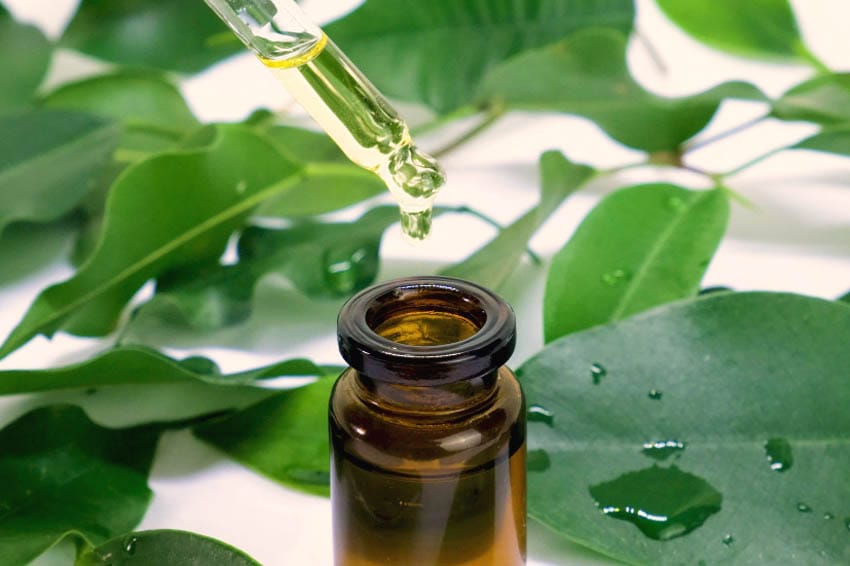
These are some of the most common ways that you can use essential oils:
1. Diffuser blend
Add three to five drops of an essential oil blend to your diffuser. You can blend eucalyptus and sandalwood essential oils for a citrus menthol scent. The blends that you can mix in your diffuser are countless.
2. Mix with water as a spray mist
Mix essential oil with distilled water in a spray mist container. You can mix the lemon essential oil with water for cleaning furniture (always test the mix on a spot before use). Or you can mix water and lavender essential oil and spray it on your sheets for relaxation.
3. Steam treatment
Add three to five drops of essential oil to your facial steamer. The warm mist helps unclog pores and detoxify your skin. If you have skin inflammation then I recommend using chamomile essential oil. Chamomile essential oil can treat a lot of conditions like gastrointestinal tract symptoms and dermatitis, according to Herbal Treatment For Dermatologic Disorders.
4. Bath
Add eight drops of essential oil to Epsom salt and use in a warm bath. Use a blend of essential oils that calm and relax like lavender, eucalyptus, and chamomile.
5. Rollerball
Add essential oil to a roller ball container and massage on your temples. This helps you relax during meditation or yoga.
6. Skincare Oils
Mix essential oil with jojoba or argan oil. Massage on your skin regularly for therapeutic relaxation.
7. DIY Candles
Do you like candle-making? You can make candles and add your favorite essential oil blends. If you’d like a candle that has floral undertones, mix in dry flower petals.
Essential Oils for Common Symptoms
Some essential oils are more effective than others for anxiety symptoms. Refer to the recommendations here to choose an essential oil for your symptom. All of these essential oils have scents that help anxiety. The effect that you get from the aromatherapy varies for each essential oil.
For example, essential oils like rosemary activate you for the day while lavender helps you relax. You can blend the essential oils or use them individually.
Symptoms: Anxiety, agitation, stress, challenging behaviors.
Essential oils: Lavender, bergamot.
Outcome: Relaxed.
Symptom: Agitation.
Essential oils: Lavender, sandalwood.
Outcome: Calm.
Symptom: Insomnia.
Essential oils: Lavender, bergamot, lemon.
Outcome: Rejuvenated.
Symptom: Pain management.
Essential oils: Lavender, chamomile.
Outcome: Relief.
Aromatherapy Blending
Blending essential oils can help you produce uncommon scents. For a natural scent, you can blend up to three essential oils. You’ll notice that some essential oil scents wear off quickly while others don’t.
Try mixing essential oils that are aromatic with an essential oil that has a subtle scent. There are essential oils that enhance each other and pair well together. Common essential oil blends include:
- Lavender + Chamomile
- Eucalyptus + Rosemary
- Sandalwood + Lemon
- Bergamot + Orange
Clinical Aromatherapy
Would you like to measure your anxiety symptoms and the outcome of your aromatherapy treatment in a clinical setting? Clinical aromatherapy is an alternative medicine therapy that’s beneficial for symptoms like anxiety or depression; and improves your general well-being.
Nursing healthcare measure the effects that the essential oils have on patients by tracking their:
- Pre anxiety symptoms
- Results using essential oils
- Post anxiety symptoms
In a clinical setting essential oils are usually absorbed using a topical application. The four ways that you absorb essential oils include:
- Using topical skin creams or ointments
- Inhaling the essential oils using a diffuser or steam
- Taking capsules that contain essential oils
- Internal absorption of essential oils by taking prescription medication or herbal medicine
Aromatherapy can be complementary or alternative medicine. Complementary medicine is used in addition to standard treatments. For example, if you have medical treatment and also use aromatherapy as a natural remedy.
While alternative medicine is used instead of standard treatments. Alternative medicine is for you if you’d like an all-natural remedy to help ease your anxiety symptoms.
Having a disciplined routine using essential oils is what’s going to give you results.
You’ve learned the five most effective essential oils that can help ease your anxiety, the recommended essential oils for aromatherapy blending, and an overview of clinical aromatherapy.
Start an essential oil collection and ease your anxiety symptoms with a natural remedy.

This article was written by Laura Delacruz. She is a content writer specializing in psychological, emotional, and mental health content. Read the articles she wrote at Contently. When not writing, she’s nourishing her plants.


